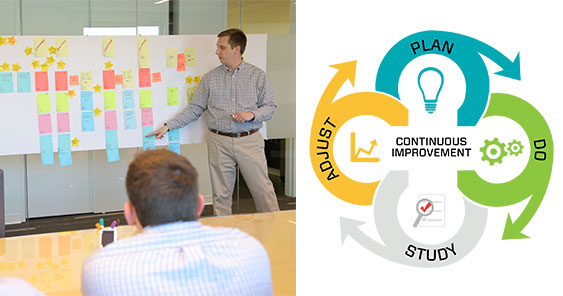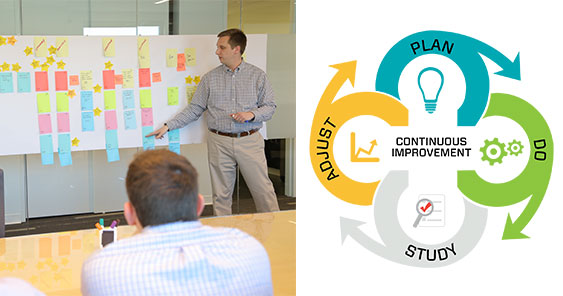We’ve all heard it: “Failing to plan is planning to fail.” It becomes difficult when we’re not sure what to plan for, but we can’t allow the fear of the unknown to prevent us from heeding Mr. Franklin’s warning. One of the great things about working exclusively within the healthcare industry is working with people who care so much about what they do that getting them to plan for some anticipated need isn’t the problem; the challenge is getting them to focus the effort so that executing the plan is possible.


Over the last two years, as we maintain our continuous improvement journey, we have found many clients on a similar path. They recognize that incorporating lean principles will positively affect the lives of staff and patients, as well as their bottom lines. It’s the self-reflection and introspection we’ve been going through internally that spawned the book linked below.
Working together with clients, we focus the effort by mapping your current state to understand your challenges, pain points and growth potential. We then integrate tools such as simulation modeling and operational planning to begin creating a comprehensive project plan to support the mission and goals of each institution.
While the book outlines additional tools we employ throughout the planning experience, it is the people we work with during the planning meetings who define the project’s big picture and help define the project outcomes. The tools provide visual aids and a reliable source for data input/extraction, but it’s the intel gleaned from clinicians, providers and caregivers that provide us with the complete picture.
{{cta(‘269d79f5-d6ad-415b-860d-63a32ce82046′,’justifycenter’)}}




